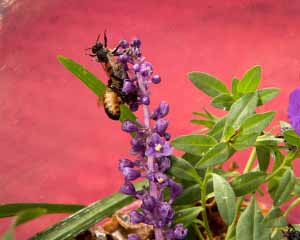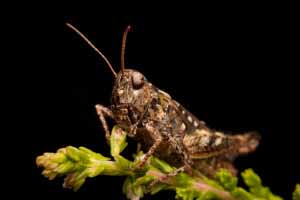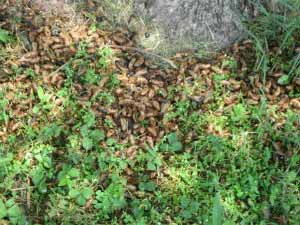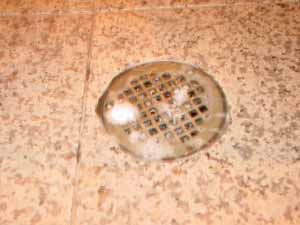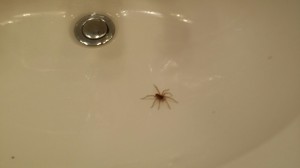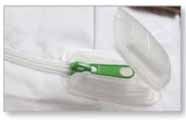Do you have a pool? Just like us, insects and critters need 3 things – water, food and shelter. The problem is that they don’t know the difference between a natural source of water or a swimming hole or fountain.
Here in Arizona there are many crevices from rock or cactus which may allow a swarm to take up residence close to your home. The water of your pool or fountain just becomes handy for them and they will come to your water source. So lets assume you live beside a mountain and there are bees coming there everyday, what do you do? So this becomes a bigger issue because you don’t have any idea where they are and you don’t have permission to deal with them, unless they are on your property.
I have seen people create a separate water device away from the pool, like a fountain or just a container that you replenish daily. This may be enough to pull them away from that water source to that dish or container. But to my knowledge there isn’t much I can do to keep them away from the water.


